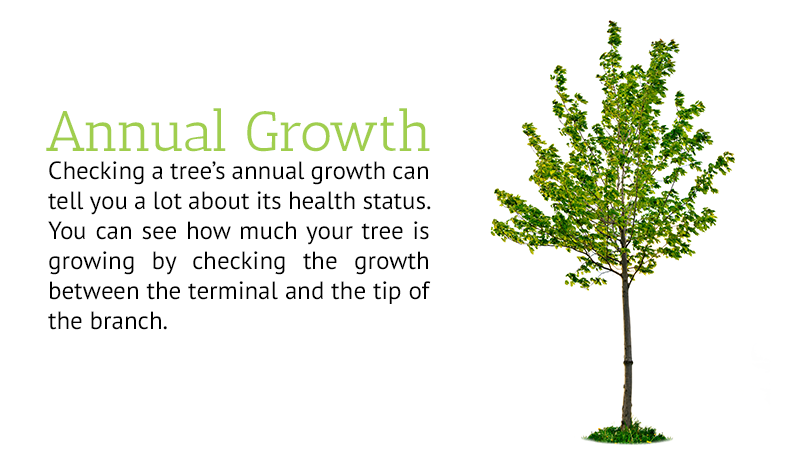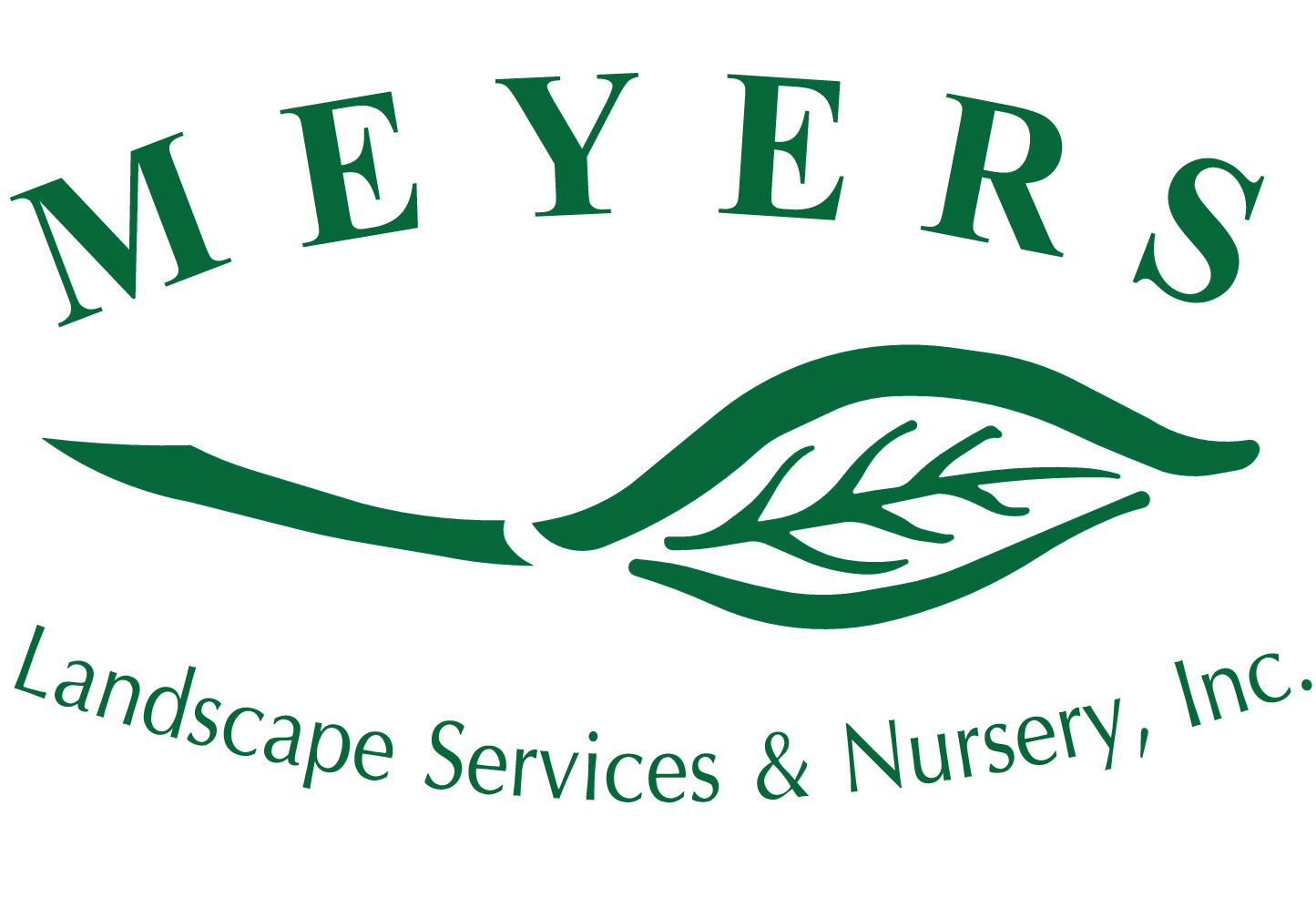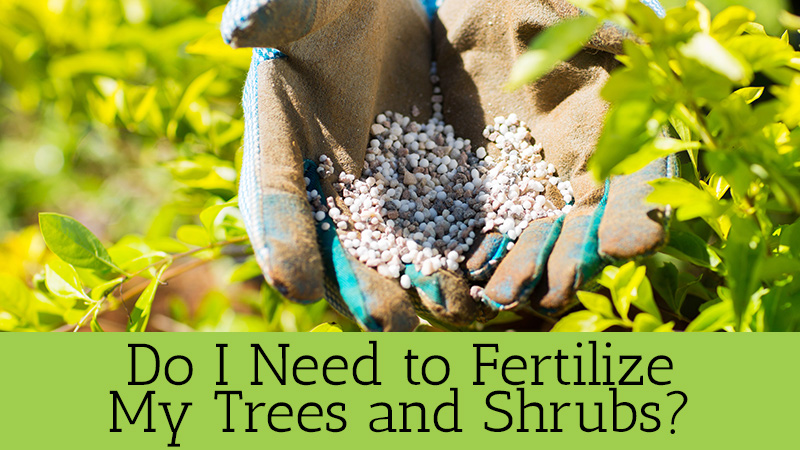You take lawn care very seriously. You mow, trim and rake. But, you notice that some of your shrubs and trees seem to grow more slowly than they should, or they feature yellowed or dwarf-sized foliage. What’s going on?
Are your plantings starved for nutrients? While you may understand the importance of taking good care of your grass and flower beds, many homeowners seem to underestimate the importance of proper landscape maintenance. Remember, trees and shrubs need some TLC too!
Why Fertilizing is Important
If not properly cared for, plants can fall victim to insects, mold and disease. This can thwart their growth and even become deadly. Infected trees grow weak and may even have to come down. Shrubs and other plantings can also be susceptible to disease, becoming sickly if not fed the right nutrients.
Remember, in a natural habitat, plants and trees feed off of decaying organic matter. This may include grass clippings, fallen leaves and dead plant life. The problem with most neighborhood landscaping is that we tend to clean up all of this “debris” to make our lawns look nice. This can starve our plants of the vital nutrients they crave.
What Type of Fertilizer is Best?
Plants need all kinds of basic nutrients. Categorized into micro and macro nutrients, the main vitamins and minerals your trees and shrubs must have include:
- Nitrogen
- Phosphorous
- Potassium
- Calcium
- Magnesium
- Sulphur
- Zinc
Without feeding your plants the right mix of these essential nutrients, they will grow sickly or even die.
At Meyers Green Services, we don’t just feed your plantings the right cocktail of fertilizer; we apply it in a more natural manner. Too often, homeowners use a quick release formula that creates a growth spurt. The problem is, this can invite insects to infiltrate your plantings.

Our approach is simpler – we use a slow release formula that more closely mimics the natural decay of organic matter in nature. This allows your grass, flowers, shrubs and trees to absorb the nutrients they need more naturally, which will make them grow stronger.
How Do I Know if My Plants Need Fertilizer?
There are several ways to determine if your plantings lack the nutrients they need to prosper. One is to take a soil sampling. While this will tell you exactly what nutrients are missing, an easier method is to observe your plants.
Checking a tree’s annual growth can tell you a lot about its health status. You can see how much your tree is growing by checking the growth between the terminal and the tip of the branch. Shoot growth over six inches does not require fertilization, growth between 2-6 inches may signify some nutrient deficit and any growth under 2 inches means the tree is in desperate need of fertilization.
Check shrubs for stunted growth, brown or yellowed leaves or smaller than normal foliage. Any of these signs are a warning that your shrubbery needs fertilizer to remain healthy.
When is the Best Time to Fertilize?
You can fertilize your landscaping plants any time you notice they need it. But the absolute best time is in the early spring (March-May) and autumn (Sept-Nov).
If you suspect that your lawn and gardens need some added maintenance, call on the experts at Meyers Green Services. Our professional crew is trained in detecting any nutrient deficiencies and can develop just the right lawn care protocol to keep your plantings and trees looking great.


